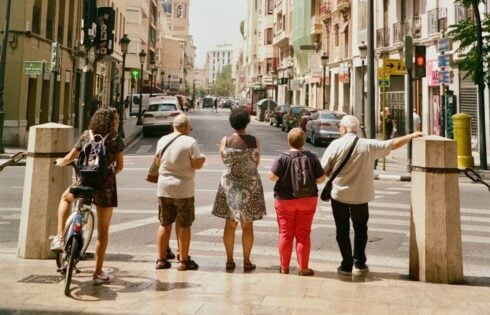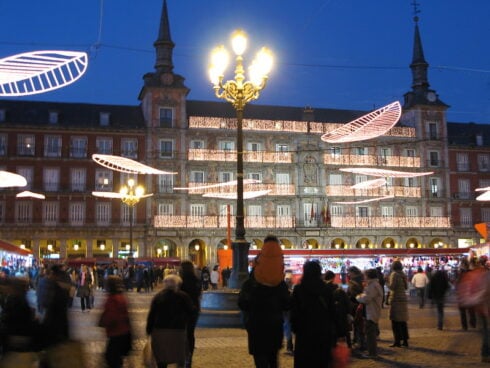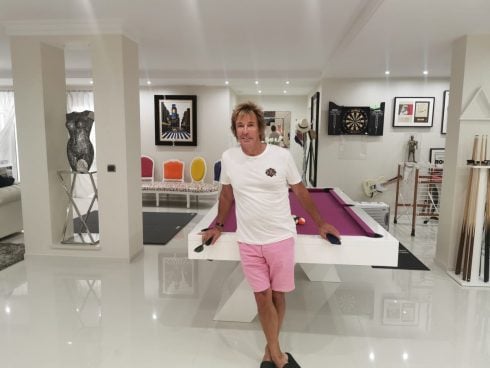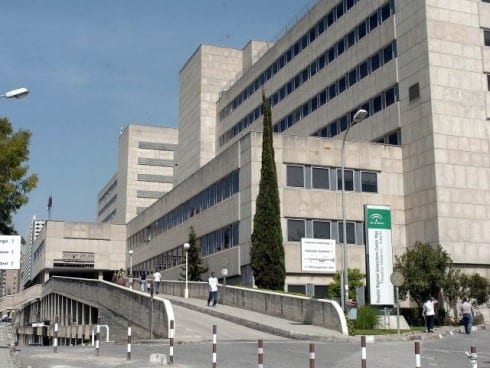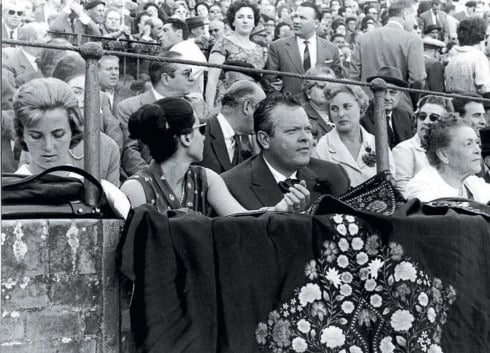PICASSO was once told by a doctor to have ‘plenty of sex and good wine’ – an adage he certainly must have followed having lived to the ripe old age of 92.
To say Picasso had a colourful sex life is an understatement.
While there is often talk of his ‘seven’ lovers – who we will take a look at below – the real figure probably runs into the hundreds.
Possessive, yet unfaithful, Andalucia’s most famous son rarely committed to women and was untrue even to those he loved dearly.

After losing his viginity at the age of 15 in Barcelona, Picasso ended up breaking many a woman’s heart and leaving in his wake at least two suicides and two nervous breakdowns.
Yet, without this promiscuous nature, the work of Spain’s most prolific artist would not have been what it was.
Indeed, it was at 19, after he slept with the love interest of his impotent friend Carlos Casagemas, causing his subsequent suicide, that he entered his famous ‘Blue Period’, where he used dingy colours to depict miserable scenes incorporating beggars and drunks.
“I started painting in blue when I learned of Casagemas’s death,” he later admitted.
Picasso’s first real love was Paris ‘it’ girl Fernande Olivier (left), an artist’s model whose relaxed and independent outlook was a refreshing change from the religious Spanish ladies and prostitutes he’d hitherto enjoyed.
Fernande sparked a new phase, the ‘Rose Period’, where from his pallet Picasso chose warmer orange and pink tones, painting happy scenes of harlequins and clowns inspired by Fernande’s womanly form.
Although Picasso was possessive and would often keep Fernande locked up when he went out, he soon decided to take a new lover – Fernande’s friend Eva Gouel.
Eva later died of tuberculosis, and while Picasso was devastated, he still found the energy to conduct an affair with a woman called Gaby, while Eva was on her death bed.
Struggling to keep up? So are we!
Still sad about Eva, Picasso went to Rome where he met the bourgeois Russian ballet dancer, Olga Khokhlova.
In 1918 he married Olga – his first wife – and she gave him a son, Paulo, whose birth inspired a series of paintings of babies breastfeeding.
Olga was insanely jealous, and once again this sour turn was reflected in his painting, which now depicted grotesque females with warped body parts.
Indeed, Olga never recovered from her Picasso experience and continued to send hate mail after they split.
But she had reason to be jealous – as Picasso had since met 17-year-old Marie-Therese Walter (Picasso was now 46).
“You have an interesting face,” the artist told the blonde when he spotted her at a Paris department store in 1927. “I am Picasso.”
Marie-Therese provided youthful solace from his bitter wife Olga, and the pair were happy enough to produce another child.
“She was the greatest love of his life. He absolutely adored her,” said a friend.
Indeed, the Frenchwoman inspired some of the Picasso’s greatest work.
His love for her is perhaps obvious by the fact her statue was later placed over his grave.
It didn’t, nonetheless, stop him from being tempted by Dora Maar, with whom his secret affair was wrenched out into the open when the two women met by accident in his studio one day.
“Marie-Therese turned to me and said, ‘Make up your mind. Which one of us goes?’” Picasso later said. “I was satisfied with things as they were. I told them they’d have to fight it out for themselves. It’s one of my choicest memories.”
And fight it out they did, literally. Dora won the wrestle. She moved in, and Marie-Therese left.
Inspired by the drama, Picasso later depicted the moment in a painting, Birds in a Cage (below), where a black dove (Dora) is shown fighting with a white dove (Marie-Therese).
Despite eventually leaving him voluntarily when he started sleeping with new muse Francoise Gilot, Dora suffered a mental breakdown and decided to live the rest of her life like a nun, famously saying ‘After Picasso, only God’.
New flame Francoise was 21, while he was in his mid-60s.
She went on to bear him two children, Claude and Paloma, and moved to Antibes in France – but their bliss was shattered when the mentally unstable Olga, who lived nearby, started breaking into their home and physically attacking Francoise.
The drama continued, with Picasso continuing to philander with new conquests.
Francoise hated this – but her lover just told her ‘women are machines for suffering’.
She finally escaped relatively unscathed, and perhaps was the only of Picasso’s seven to have the strength to do this.
Jacqueline Roque was another of Picasso’s models, with whom he had begun an affair while Francoise was still on the scene.
She was 24, while Picasso had reached 70.
In 1961 she became his second wife, taking on a secretarial role to manage his work.
But she was possessive, barring the artist’s children and grandchildren from the house and, understandably, not keen to share her husband with other lovers.
In painting terms, this triggered a throwback to the ‘Blue Period’, where the artist once again used glum colours to reflect the intense goings-on in his private life.
He painted almost 400 pictures of Jacqueline, who some say was the only woman to reign Picasso in – encouraging him to live an almost hermit-like existence during his last years.
While Jacqueline was by Picasso’s side when he died in 1973, she later shot herself, unable to cope without the man she had called ‘God’.
The cost of Picasso’s attitude to relationships was certainly borne dearly by the women involved.
The fruits of this constant stream of emotional turmoil, however, will be appreciated for evermore by those contemplating Picasso’s incredible body of work.
Click here to read more News from The Olive Press.





